While lectures have enduring value, challenging students and keeping them engaged sometimes requires a rethinking of the classroom paradigm and traditional learning models. With more than 3200 students across eleven programs, the Human Biology Program – which includes such diverse topics as neuroscience and global health – understands there is more than one way to learn.
To address these challenges, the Program now offers a full spectrum of courses using a number of delivery methods, from fully online, available through eCampus Ontario, to blended or hybrid models that retain lecture-like components but are augmented with online components like discussion boards and video lectures.
The pure lecture format for four years can lessen their inquisitive nature because we don’t always engage them in the learning process,” says Melanie Woodin, Director of the Human Biology Program.
The goal of online or blended courses is to mirror the interactive process of the in-class experience while simultaneously enabling collaborative learning through a range of methods, including online breakout rooms and wikis.
“Many people are doing things for the first time so the scope of the project has been a learning curve for us – whether it’s developing an online course or module – or understanding the time commitments involved,” Woodin said.
The program’s redesign benefitted greatly by including others in the process. Students have been involved throughout, providing feedback and participating in the planning stages. Work-study students helped to research, design and implement online learning modules through consultation and collaboration with professors. Instructors and educational developers across the university were also consulted. Many instructors belong to U of T’s online Community of Practice and they work together, consulting with faculty, librarians and educational technologists to find the best solutions for individual courses.
“One of our goals in Human Biology is to be world recognized for teaching innovation. In order to do that you need to tell people what you are doing, just as a researcher in a lab goes to a conference to share their results. That’s exactly what faculty members are doing here.” Woodin added. These same faculty members are then bringing new pedagogical information back to the program to further modify courses.
For Woodin, the University’s Teaching Stream designation “really reflects how the individual faculty members conduct their research on a pedagogical level and work toward our shared goals of really becoming an internationally recognized teaching program.”
When the Dalla Lana School of Public Health became a Faculty in 2013, a part of their mandate was to develop a new undergraduate program. Working in collaboration with the Faculty of Arts & Science, and specifically with the Health Studies Program at University College, they started by developing and offering a first-year introductory course – Grand Opportunities in Public Health, offered for the first time Winter 2015. The course offers students the opportunity to learn and reflect on some of the major dimensions, central challenges, and strategic opportunities in global public health. “We have tried to offer them a smorgasbord of opportunities,” says Andrea Cortinois, Assistant Professor and course co-director.
Thirty-five instructors participated in the course, contributing 39 short video recorded lectures that are the first component of the course’s inverted classroom format. Each week the students are expected to watch three to four of these videos, complete their readings and then answer an online reflective question. The second inverted component requires students to use peerScholar (a software that supports peer and self-assessment, developed by Professor Steve Joordens, Psychology, UTSC, and his team) in order to assess three of their peers’ reflections. The third component is an in-class discussion on that week’s readings and content, for the first thirty minutes of class. The remaining ninety minutes are spent in tutorial style discussions. The video recorded lectures then become part of a growing repository of resources for the undergraduate program that Professor Cortinois and his colleagues are currently developing, which also includes an e-Textbook for each new course introduced.
“I think the inverted classroom approach helps because it leaves a lot of time for this kind of guided reflection and discussion,” Cortinois said. “It challenges, in a positive way, students to be there, to be part of the discussion and to ask questions.”
The students were central to the pedagogical experience and process of the course. “As first year undergrads,” Cortinois added, “many have limited knowledge about global public health or the related fields. So, by default, they think outside the box.”
Every two or three weeks the students complete a short survey and the course adjustments are made according to the students’ needs or suggestions. This open communication enables a rich relationship between teachers and learners that extends beyond the course work.
Edwin Chan, a former PHS100 student, agrees. “In this course you will not be confined to a sitting-and-feeding setting but a dynamic, proactive flow of communication with one another. Most importantly, it helps you realize that you do have a role in the innovating part – your ideas and participation do matter.”
At U of T, we’re continuing to implement new teaching and learning models that evolve and innovate, taking advantage of new technologies and new methodologies and utilizing the knowledge and experience of our greatest resources – our faculty and students.























